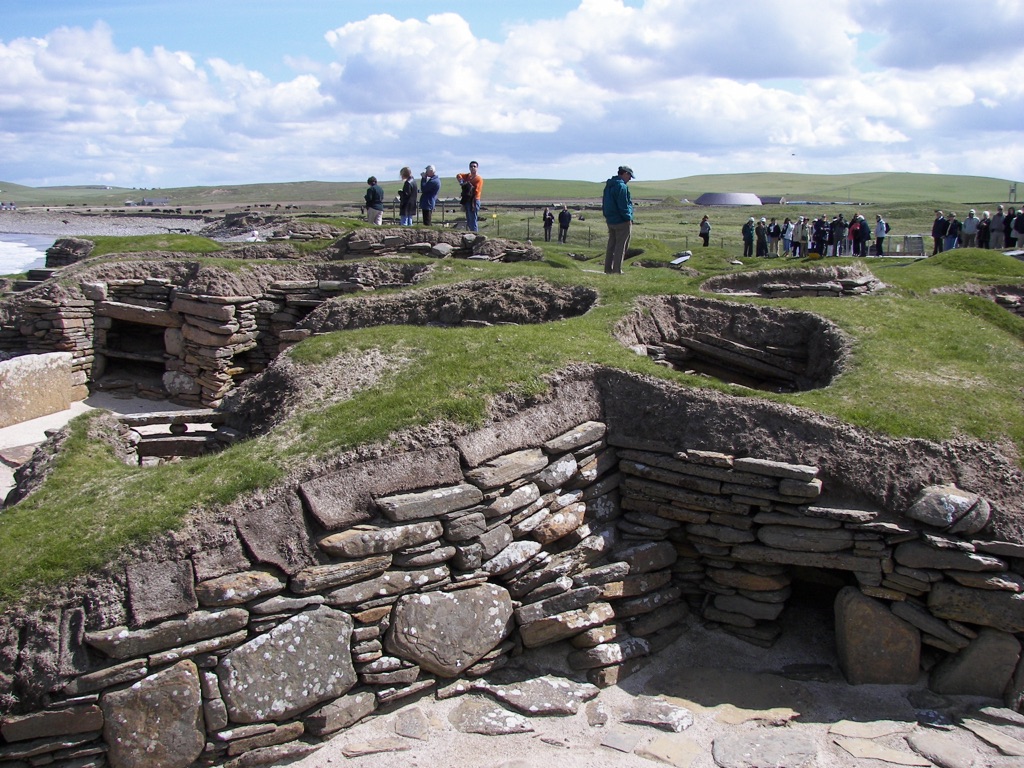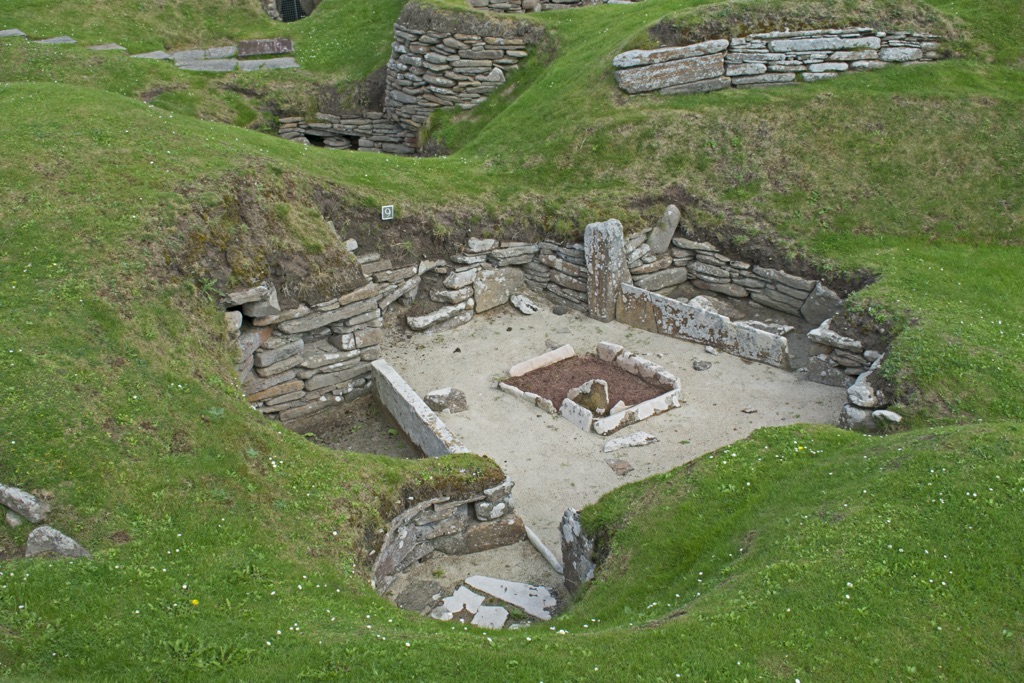Skara Brae: A Window into Neolithic Life
Skara Brae stands as a testament to the ingenuity and lifestyle of Neolithic people, predating both Stonehenge and the Egyptian pyramids. Discovered in 1850 after a storm exposed its structures on the Bay of Skaill, Orkney, this site offers unparalleled insights into prehistoric life. Its significance was recognized globally when it was inscribed as part of the Heart of Neolithic Orkney World Heritage Site by UNESCO in 1999.
Get your dose of History via Email

Village Houses and Furniture
Constructed with precision from flat stone slabs, the houses of Skara Brae were embedded into mounds of midden, a testament to the resourcefulness of its inhabitants. These structures, linked by covered passageways, each consist of a single room of approximately 40 square meters. Remarkably, the stone furniture within these houses has been preserved, including dressers, box-beds, a central hearth, and small tanks possibly used for preparing fish bait. This level of preservation provides a unique glimpse into the daily lives of the Neolithic people.

A larger structure, distinct from the others due to its special hearth and absence of box-beds, is believed to have served as a workshop, further indicating the complexity of the community’s social and economic structures.
Artefacts and Remains
The array of artefacts found at Skara Brae is as diverse as it is informative. Items such as gaming dice, tools, pottery, and jewellery, including necklaces, beads, pendants, and pins, have been uncovered. Particularly notable are the richly carved stone objects, which may have held religious significance. These artefacts, now displayed in the Skara Brae visitor center, reflect a society capable of producing sophisticated items with rudimentary tools, in a peaceful setting devoid of weapons and fortifications.

The End of Village Life
The reasons behind the abandonment of Skara Brae around 2,500 BC remain a subject of speculation. Hypotheses range from a catastrophic sandstorm to a more gradual decline. This period also coincides with the emergence of new monumental structures on mainland Orkney, such as the Maeshowe Chambered Cairn and the stone circles at the Ring of Brodgar and Stenness, marking a significant transition in the region’s prehistoric landscape.

Conclusion
Skara Brae provides an extraordinary lens through which to view Neolithic life, offering insights into the daily activities, social structures, and environmental adaptations of its inhabitants. Its preservation allows for a level of intimacy with the past that is rare and invaluable, making it a cornerstone for understanding Neolithic societies in Western Europe and beyond.
Sources:

